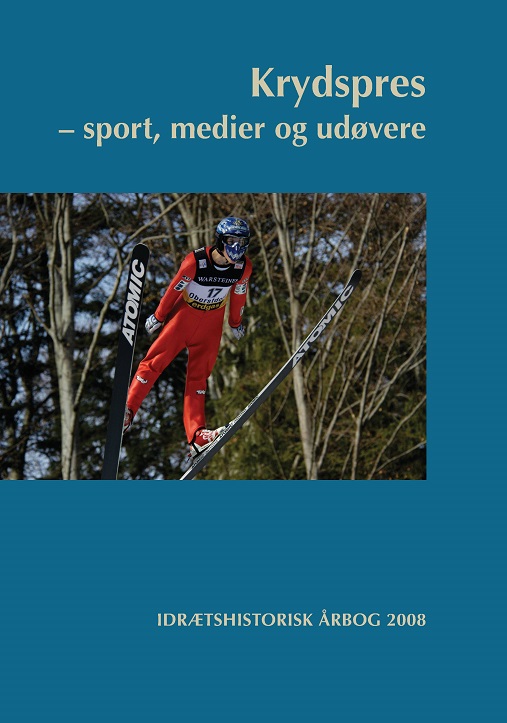Danseterapeutiske spor - fra rituel dans til globale netværk og postmoderne udfordringer
DOI:
https://doi.org/10.7146/ffi.v24i1.31657Resumé
Artiklen tager afsæt i om der eksisterer et uudnyttet potentiale i at inddrage krop og bevægelse i terapeutiske sammenhæng i forhold til både almen og personlig udvikling og psykiatriske behandlinger. Artiklen afdækker også hvordan danse- og bevægelsesterapier begyndte at arbejde med sammenhæng mellem krop psyke og samfund, samt de hastigt udviklende europæiske tiltag og postmoderne forskningsmæssige tendenser indenfor det danse- og bevægelsesterapeutiske fælt.
Helle Winther: Dance Therapeutic Traces – from Ritual Dance to Global Networks and Postmodern Challenges
While dance movement therapy (DMT) is a relatively new and unknown field in Denmark, it is a well-known profession used in both psychiatry and private practices in many other countries. In spite of many different theoretical views, today there is a large degree of agreement that the body and psyche, as well as one’s relationship to the surrounding world must be regarded as a cohesive dynamic and organic unit. The fundamental question of the article is, whether there is an unused potential in using body and movement in therapeutic settings and whether body, movement and dance can touch people when words are not enough. The text enlightens the historical roots and traces of DMT through a long time pe185 riod stretching from original ritual dances to the early modern dance personified in Mary Wigman, Isadora Duncan and Martha Graham. These three dancers inspired the next generation and the six pioneers of dance therapy – in the text portrayed through Marian Chace and Mary Whitehouse. The works of these pioneers have worldwide traces today, and these traces are shortly described. After that an actual dance therapy form Dansergia is introduced and finally the postmodern tendencies within the current international research field of DMT are mirrored in the past, the present and the possibilities for steps in the future.

